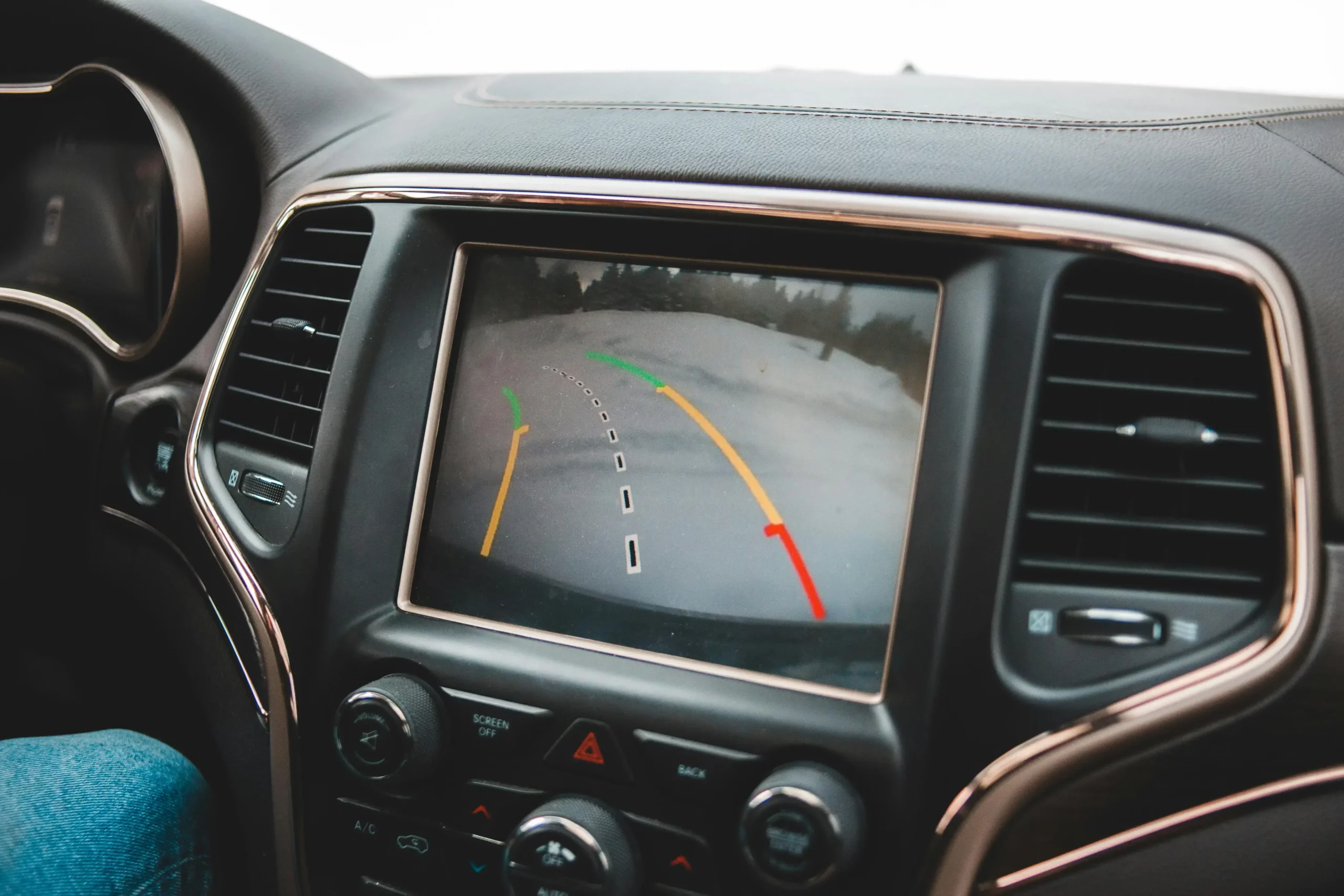Blind Spot Detection Calibration
Blind spot detection is an advanced driver assistance system which monitors the areas beside and towards the rear of your vehicle which are hard/impossible to see.
These are known as ‘blind spots,’ and your ADAS systems will detect them and give you a warning through sound and/or on your visual display.

Lancashire ADAS provides calibration services for all ADAS features, including blind spot detection, emergency braking , traffic sign recognition, lane assist, and more. Get in touch with us today for all things ADAS calibration.
What is blind spot calibration?
Blind spot calibration involves the precise adjustment of radar sensors and cameras used by ADAS so that they can continue accurately detecting vehicles or obstacles in these blind spots. It’s a vitally important process because even the slightest misalignment of detectors can majorly inhibit the accuracy of blind spot detection.
You need blind spot calibration each and every time your vehicle is involved in any type of collision or accident, as well as every time any modifications or bodywork is carried out to the vehicle, because ADAS sensors and cameras are so precise that even a slight movement to the cameras can cause the system to give incorrect reading.
How do blind spot monitors work
Blind spot monitors work by using finely tuned cameras and sensors to detect other vehicles and obstacles in the blind spots of your vehicle:
Active sensing - strategically placed cameras and sensors, usually on the sides or rear bumper of your vehicle are constantly scanning for threats.
Threat detection - sensors detect an obstacle in the nearby area, typically within one or two lanes distance.
Warnings - whether visual, audible, or haptic, your vehicle will alert you to the potential threat. This gives you extra time to assess the situation and adjust your driving appropriately.
Active intervention (if applicable) - some vehicles will not just detect obstacles in blind spots, but actively intervene too. In some cases, this will automatically avoid collisions, if your systems deem the threat to be unavoidable.
How do we calibrate a blind spot monitor?
Blind spot monitors and cameras are calibrated using specialised diagnostic equipment, scan tools, and targets, to test and correct their precision. Usually, a static calibration will be enough to calibrate these features, which is carried out in a garage whilst the vehicle is stationary.
Each vehicle and car maker has different procedures needed to accurately calibrate sensors and cameras, which is why it’s vital you seek the help of the professionals when it comes to ADAS calibration.
We’ll use lasers and reference points to check that your vehicle is ‘seeing’ each threat as it should, so you can be sure that your ADAS is keeping you safe on the road.
Local blind spot detection calibration services
For expert ADAS and windscreen calibration in the Lancashire area, look no further than Lancashire ADAS. Our team of experts are dedicated to following vehicle specifications to a tee, to deliver blind spot detection calibration, and more, which is guaranteed to keep you safe on the road.
Get in touch today to get started.
ADAS Calibration FAQs
You need ADAS calibration to ensure your car is safe to drive. Misaligned or damaged cameras and sensors can lead to false alarms, or incorrect interventions on systems such as automatic emergency braking.
Equally, poorly aligned cameras can completely miss potential dangers on the road, failing to act where necessary.
The length of an ADAS calibration can vary based on the systems you’ve got, and whether it’s a static or a dynamic calibration. But we’d estimate that each job would take anywhere from 1-3 hours to be completed to a professional standard.
There are two types of ADAS calibration: dynamic and static. Dynamic calibration is performed by adjusting the vehicle’s sensors whilst the vehicle is moving. A handheld device will be plugged into your vehicle by a technician, then the car is driven at a controlled speed through a number of environments to achieve highly accurate readings and calibration results.
Static calibration is performed in a workshop, without the vehicle moving. This process is usually quicker, but garners slightly less accurate calibration.
Book your ADAS calibration
With Lancashire ADAS, you can rest assured that your vehicle is in safe hands. Book an ADAS calibration today.

